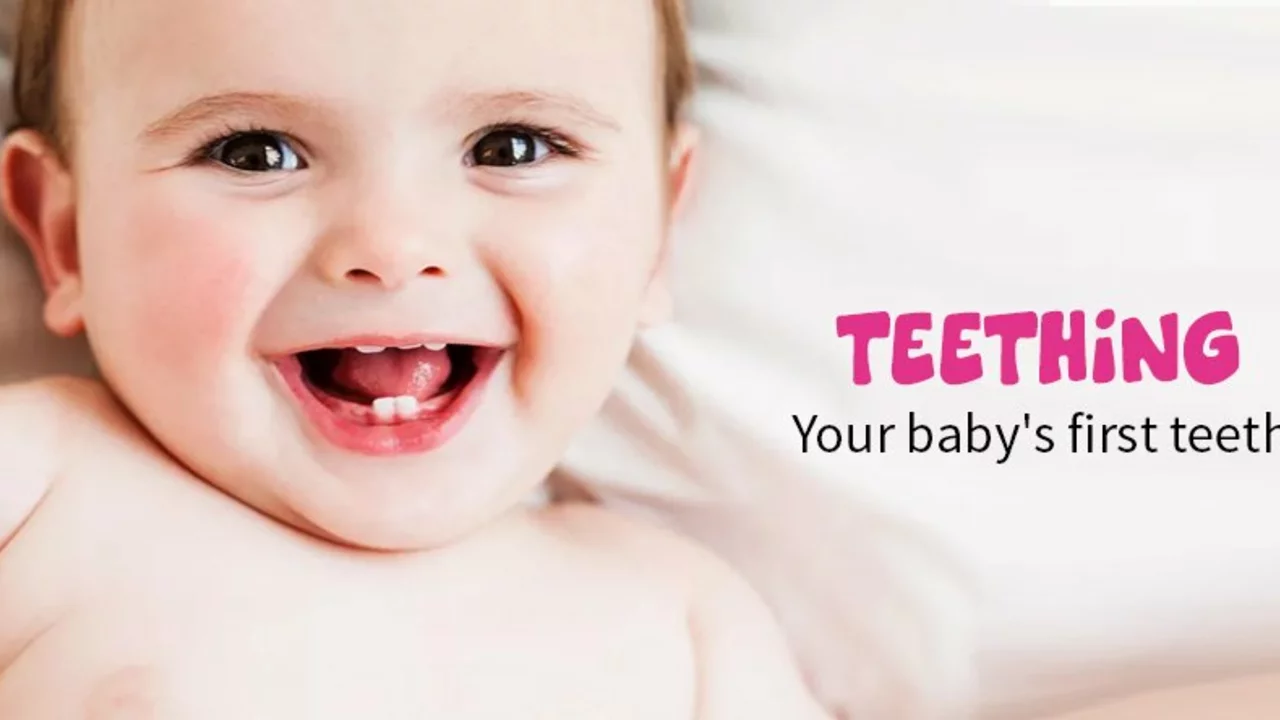Infant Teething: What Every Parent Should Know
Teething is a big milestone for your baby, but it can be tough for both of you. Those little teeth pushing through the gums often mean days of fussiness, drooling, and sleepless nights. But what exactly happens during teething, and how can you help your baby feel better? Let’s break it down.
Most babies start teething around 4 to 7 months old, but it can vary. The first teeth to appear are usually the bottom front ones. You might notice your baby chewing on anything nearby, pulling at their ears, or being crankier than usual. Some babies even have a mild fever or diarrhea, although those signs can come from other things too.
Common Signs Your Baby is Teething
Look out for swollen, tender gums that seem irritated or red. Your baby might also drool a lot—so keep those bibs ready! Teething can disrupt feeding routines, making your child want to nurse or bottle-feed more or less than usual. Some get a bit restless or want more cuddles.
Drooling and gum rubbing can lead to a rash on the chin or face, which is normal but can be soothed with gentle wipes and keeping the area dry. If your baby shows signs of high fever, vomiting, or diarrhea lasting more than a day, it’s best to check with your pediatrician.
Easy Ways to Help Your Baby Through Teething
When it’s time for some relief, there are safe options you can try at home. Chilling a clean teething ring or a damp washcloth in the fridge can give your baby something soothing to chew on. Avoid freezing items solid because that might hurt their gums.
Massage gently on your baby's gums with a clean finger for a few seconds to ease soreness. Some parents find that offering cold foods, like pureed fruit or yogurt (if your baby is eating solids), helps calm the gums.
Over-the-counter remedies like infant acetaminophen can be used if the baby is clearly uncomfortable, but always check with your doctor before using any medication. Never use teething tablets or gels that contain benzocaine, as these can be harmful.
Remember, teething is temporary, and while it can be a challenging phase, it usually passes without complications. Keeping a close eye on your baby's behavior and comfort can make this stage a lot easier for both of you.
How to Recognize and Manage Teething Pain in Your Infant
Jul, 1 2023
Recognizing and managing teething pain in infants is a concern for many parents. Symptoms like increased drooling, fussiness, and a tendency to chew on things may indicate your baby is teething. For managing the pain, you can offer a teething ring or a clean finger for your infant to chew on. Cold items like chilled spoons or teething rings can also provide relief. Additionally, over-the-counter pain relievers designed for infants can be used if the discomfort continues.
